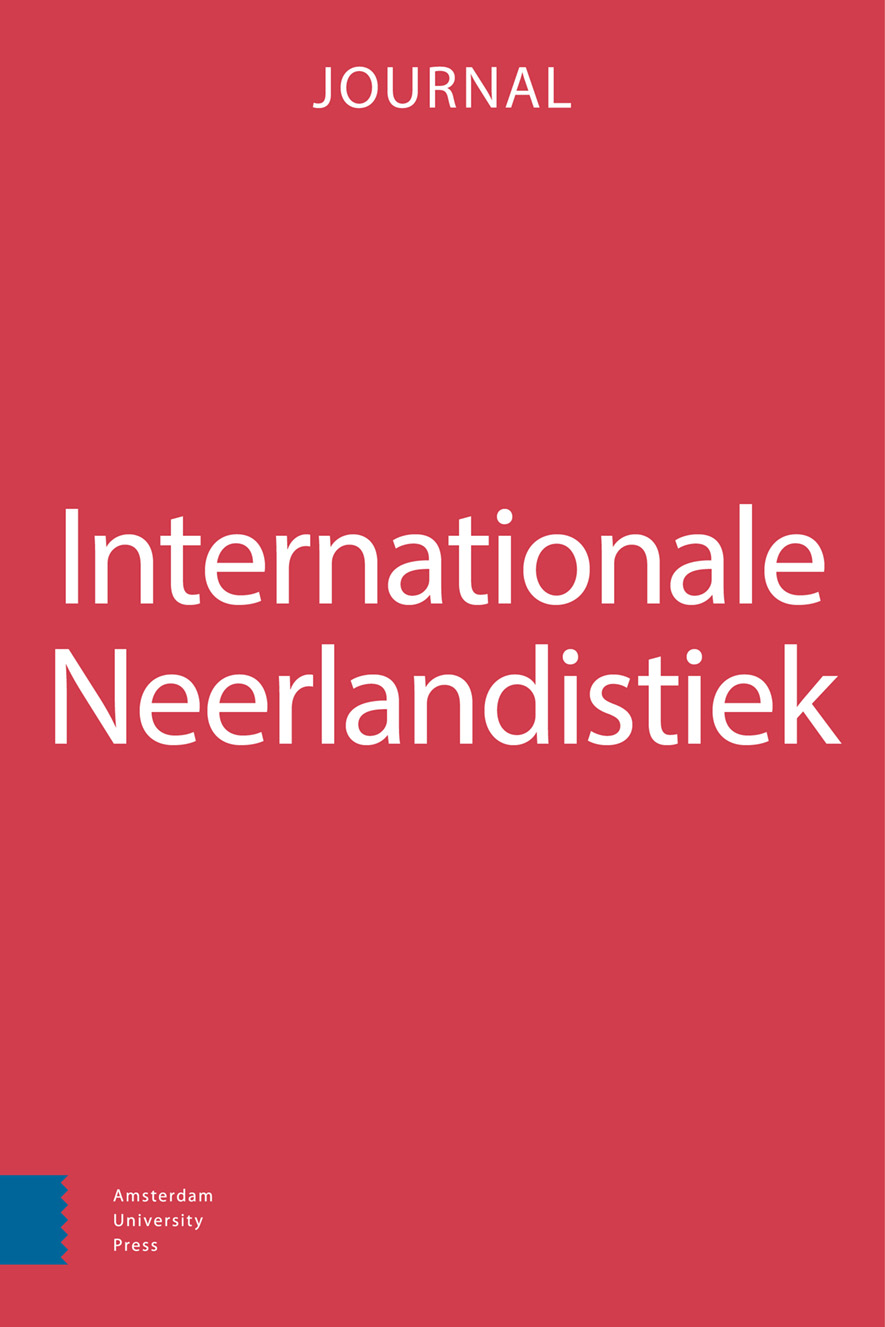-
oa ‘Anders dan de anderen’
Articulating female homosexual desire in queer Dutch narratives (1930-1939)
- Amsterdam University Press
- Source: Internationale Neerlandistiek, Volume 53, Issue 3, Sep 2015, p. 193 - 211
- Previous Article
- Table of Contents
- Next Article
Abstract
During the early twentieth century, Germany and the Netherlands witnessed an unprecedented surge in discourses on sexuality, galvanized by the pioneering research of central European sexologists. Against the backdrop of sexological developments and the hedonism of post-war society, Berlin saw the emergence of a thriving homosexual circuit during the interbellum. Across the border, however, the conservatism of Dutch society meant that a Sapphic subculture would not fully emerge in the Netherlands until the mid-1950s. Drawing on a framework that Laura Doan has recently termed ‘queer critical history’, and through an exploration of a selection of literary, scientific and ‘emancipatory’ writings, this article will examine how societal and cultural constructions of female same-sex desire in Dutch contexts were often at odds with scientific depictions of the ‘congenital invert’. Acknowledging the existence of this incongruence, as the article will argue, can provide historians with a space to explore alternative configurations of same-sex desire in Dutch interwar society that cannot be interpreted in the sense of a self-reflexive ‘lesbian’ identity.


